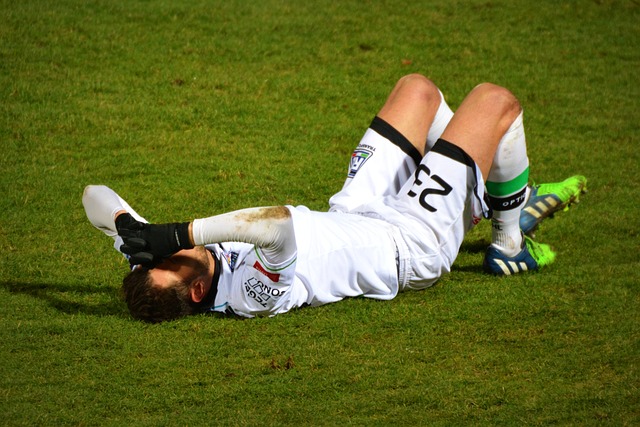There are several specific sports-related injuries, and it is essential to understand the various injuries so that appropriate treatment can be obtained as soon as possible. Early treatment of many injuries can reduce the time it takes to heal and the costs associated with treatment, making it especially important to diagnose an injury early and begin the recovery process.
Acute ñ This type of injury usually occurs suddenly and is often associated with bruises, fractures, broken bones, blood, ligament strains or breaks, and even spinal injuries. The exact type of injury is not as important as the classification. Acute injuries require prompt medical attention to reduce pain and begin the healing process.
Some acute injuries associated with sprains and strains need to be bandaged and splinted to help the body heal and prevent further damage. In addition, eye injuries should be carefully treated after the eyes have been carefully cleaned to avoid further damage. Typically, acute injuries result from being hit by a ball or another player or falling while playing. While there are additional ways that acute injuries can occur, not all injuries result from another player on the field.
Overuse Injuries ñ These injuries usually occur due to prolonged repetition while engaged in an activity. This can happen to adults or children, and although exercise and conditioning can minimize this injury, it is usually not completely preventable. Most sports athletes experience some form of overuse injury at some point.
Examples of overuse injuries include swimmer’s shoulder, minor league elbow, shin splints, and spondylolysis. All types of damage are usually associated with persistent recurrence, especially in young children. Exercise and strength training can help tone and condition muscles to prevent problems and injuries typically associated with repetitive sports.
To help prevent overuse injuries, it’s always a good idea to warm up carefully before playing, make sure you use appropriate equipment that fits properly, and limit the number of sports you play at once. For example, avoid engaging in one activity for more than one season, as this can help fatigue muscles and joints too quickly.
Reinjury ñ This is the last type of injury most common among athletes. This often happens when an athlete pushes recovery to return to play before fully recovering. Many injured athletes return to play before getting their doctor’s clearance. However, in rare cases, the doctor may make a mistake. Returning to sport before the injury is fully healed can lead to the progression of the damage itself, and reinjury can cause additional injuries depending on the surrounding circumstances.
The best way to prevent reinjury is to allow your body to heal fully after an injury. Following your doctor’s recommendations and returning to the playing field carefully and slowly after recovering from an injury can significantly reduce your risk of reinjury rather than suffering another injury sooner.

